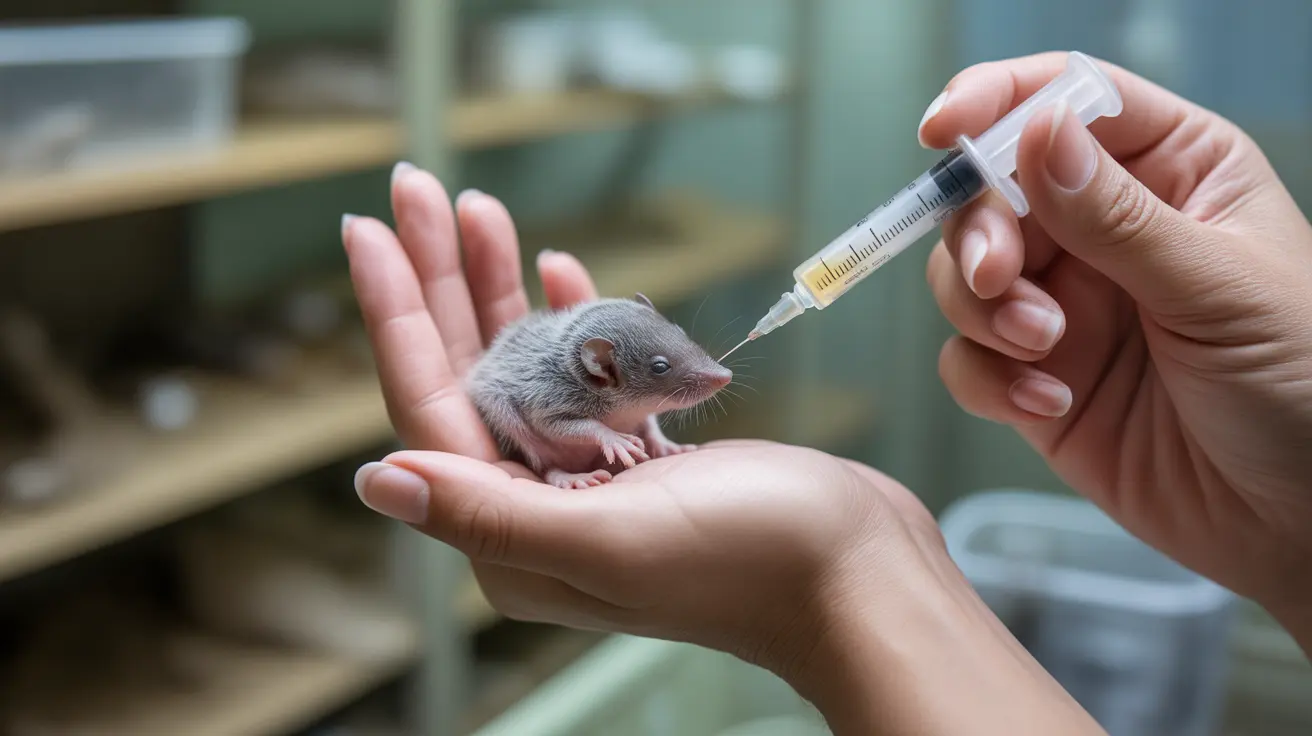Should Breeders Remove Dew Claws? Understanding the Debate
The removal of dewclaws in dogs has been a subject of long-standing debate among breeders, veterinarians, and pet owners. These small, extra digits located on the inside of a dog's legs—primarily the front but also occasionally the rear—are often referred to as a dog’s 'thumbs.' Although not as functional as a human thumb, dewclaws play important roles, especially when they are bone-connected to the leg.
What Are Dew Claws?
Dewclaws are additional digits found on a dog’s paw—typically a single dewclaw on each front leg, and occasionally one or two dewclaws on the rear legs. The front dewclaw is connected by bone and ligaments, functioning stabilizing the wrist joint and offering extra traction during movement.
The Case for Keeping Dew Claws
Many veterinarians and experts argue for preserving front dewclaws due to their important functional roles:
- They make contact with the ground during fast runs, contributing to stability and grip.
- They can help dogs grip objects while chewing.
- They are connected by multiple tendons to leg muscles, proving they are more than just vestigial.
- Studies have shown dogs without dewclaws may be more prone to foot injuries and arthritis.
Why Some Dew Claws Are Removed
Despite their utility, dewclaws—especially those on the rear legs or those loosely attached to the skin—may be removed by breeders or pet owners. The main reasons include:
- Aesthetic standards in the show ring (notably in breeds where dewclaws are not part of the standard).
- Risk of injury (though actual injuries are relatively uncommon).
- Concern for loosely attached or double kurt dewclaws that can easily snag or become ingrown.
- Ease of maintenance, as dewclaws may require regular trimming like other nails.
Breed-Specific Considerations
Certain breeds are known to have rear dewclaws as part of their standard—including the Great Pyrenees, Briard, St. Bernard, and Anatolian Shepherd. In these dogs, removing dewclaws could result in disqualification from the show ring.
On the other hand, some dogs exhibit a genetic anomaly called hind-limb-specific preaxial polydactyly, leading to loosely attached extra toes on the rear. These are seldom functional and more prone to injury or entanglement.
Is Routine Removal Recommended?
The blanket removal of dewclaws in newborn puppies is increasingly considered unnecessary—especially for front dewclaws that are jointed. Veterinary organizations often recommend individual assessment and only suggest removal if:
- The dewclaw is injured, split, or infected frequently.
- It’s only attached by skin and poses a risk of entanglement or tearing.
- The removal is performed alongside another procedure (e.g., spay/neuter).
Proper Dew Claw Care
For owners who decide to keep dewclaws intact, regular grooming and inspection are vital. Here are some tips:
- Trim dewclaws regularly, as they do not often touch ground and can become overgrown.
- Inspect for injuries, such as splits or infections.
- Consult a vet if a dewclaw becomes ingrown or damaged.
Conclusion
In many cases, dewclaws—especially on the front legs—serve important physical functions and do not typically present frequent problems. Rather than removing them routinely, it is advisable to evaluate each dog's anatomy and lifestyle. Breeders and pet owners should consult with veterinarians before making decisions about dewclaw removal. Ultimately, maintaining or removing dewclaws should prioritize the dog’s health, function, and breed standards.





